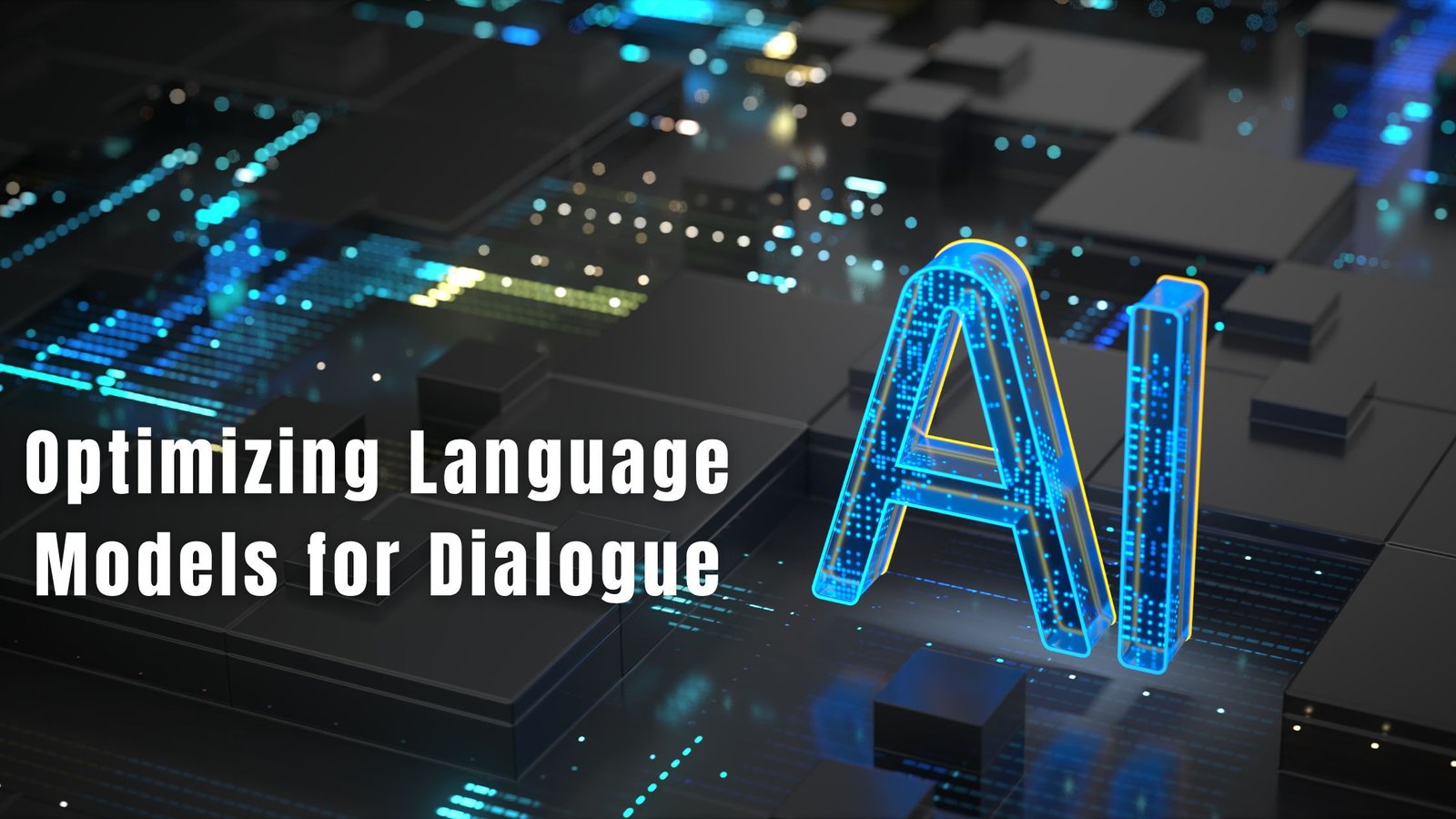Introduction
In the ever-evolving landscape of artificial intelligence, optimizing language models for dialogue is a cornerstone for creating engaging, human-like interactions between machines and users. At the heart of this revolution lies ChatGPT, a cutting-edge tool designed to elevate dialogue-based applications to unprecedented sophistication and effectiveness. Through the lens of ChatGPT, we embark on a journey to explore the intricacies of language models and their pivotal role in enhancing dialogue systems.

Table of Contents
Key Takeaways
- The integration of ChatGPT into language models marks a significant advancement in creating more natural and intuitive dialogue systems.
- Effective optimization strategies are essential for leveraging the full potential of ChatGPT in various conversational applications.

Understanding And Optimizing Language Models for Dialogue Systems
Language models, the backbone of today’s AI-driven communication platforms, serve as the foundation for interpreting and generating human-like responses. Dialogue systems, from customer service bots to virtual assistants, rely on these models to understand and engage in meaningful conversations. The introduction of ChatGPT has set a new standard for these systems, offering unparalleled processing and generating natural language capabilities.
The Role of ChatGPT in Enhancing Dialogue Systems ChatGPT, with its advanced natural language processing abilities, stands at the forefront of this technological leap. ChatGPT enables systems to comprehend nuances and context more effectively by optimizing language models specifically for dialogue, leading to more coherent and contextually relevant interactions. This optimization improves the user experience and opens new avenues for education, healthcare, and beyond applications.
The Science of Optimizing Language Models For Dialogue
Optimizing language models for dialogue involves a complex interplay of techniques to refine the model’s ability to understand and generate contextually and conversationally relevant language.
Challenges in Optimizing Language Models for Dialogue One of the primary challenges lies in the model’s ability to handle the unpredictable nature of human conversation, which requires a deep understanding of context, slang, and idioms. Additionally, ensuring the model remains unbiased and respects privacy concerns adds complexity to the optimization process.

How ChatGPT Addresses These Challenges ChatGPT tackles these challenges head-on by employing sophisticated training algorithms and vast datasets encompassing a wide range of conversational scenarios. Through iterative fine-tuning, ChatGPT learns to navigate the intricacies of human dialogue, resulting in more fluent and responsive models and more attuned to the ethical considerations of AI interactions.
Related Article: Can ChatGPT Paraphrase Propel AI To New Heights In Creativity?
ChatGPT’s Approach to Dialogue Optimization
Deep Dive into ChatGPT’s Optimization Techniques At its core, ChatGPT’s approach to optimizing language models for dialogue is rooted in advanced machine-learning techniques and a comprehensive understanding of conversational dynamics. By utilizing a variant of the Transformer neural network architecture, ChatGPT is designed to process and generate text in a way that mimics human conversation, considering factors like tone, context, and the flow of dialogue.

- Training Data Selection and Preparation: ChatGPT’s effectiveness is primarily due to its training on diverse datasets that include various conversational contexts. This ensures the model can handle a variety of topics and informal styles, from casual chats to more structured professional interactions.
- Fine-tuning Strategies for Dialogue Contexts: Beyond initial training, ChatGPT undergoes fine-tuning—a process where the model is further trained on specific dialogue or topics. This step is crucial for optimizing performance in targeted applications, making ChatGPT adaptable to the unique needs of different sectors.
Related Article: How Is ChatGPT Proofreading Services a Good Option For You?
Comparative Analysis with Traditional Models Compared to traditional language models, ChatGPT’s nuanced understanding of dialogue nuances and its ability to generate coherent, context-aware responses set it apart. This leap in performance and versatility underscores the importance of specialized optimization techniques in achieving a more natural and engaging user experience.
Implementing ChatGPT in Dialogue Systems
Integrating ChatGPT into existing dialogue systems can dramatically enhance responsiveness and user engagement. The process involves several key steps:
- Integration Framework: Identify the most suitable framework for incorporating ChatGPT into your system, considering scalability, compatibility, and ease of use.
- Optimizing ChatGPT for Specific Dialogue Scenarios: Tailor ChatGPT’s responses and behavior through fine-tuning to meet the specific requirements of your application, whether it’s for customer service, personal assistance, or entertainment.

Case Studies and Examples of Successful Implementations Highlighting successful implementations of ChatGPT in various industries can provide valuable insights into its potential impact. From improving customer service interactions to supporting educational platforms, these case studies illustrate the transformative power of optimized dialogue systems.
To optimize the use of ChatGPT in your dialogue system, it is recommended to follow these best practices:
- Continuous Training and Fine-tuning: Regularly update the model with new data and conversational contexts to keep it current and effective.
- Maintaining and Updating ChatGPT Models for Optimal Performance: Stay abreast of the latest developments and updates from OpenAI, ensuring that your ChatGPT model leverages the most advanced techniques and features.
- Avoiding Common Pitfalls in Dialogue Optimization: Be mindful of potential biases in training data, the risk of generating inappropriate content, and the importance of privacy and data security in conversational AI applications.

FAQs
- How can ChatGPT be customized for different languages or dialects?
- What metrics should be used to evaluate the performance of an optimized ChatGPT model?
- Can ChatGPT be integrated with other AI technologies to enhance dialogue systems?
Conclusion
The journey of optimizing language models for dialogue with ChatGPT is an ongoing process fueled by advancements in AI research and the growing need for digital communication platforms. By embracing the strategies and best practices outlined in this article, developers and businesses can unlock the full potential of ChatGPT, creating dialogue systems that are more efficient, engaging, and aligned with human conversational nuances.
As we look toward the future, the role of ChatGPT in shaping the landscape of conversational AI is undeniable. Its ability to understand and generate human-like dialogue opens up new possibilities for interaction, making technology more accessible and intuitive for users around the globe.




